Description
Equine Mare & Foal has been formulated to suit the high nutritional demands of mares in the last trimester of pregnancy, lactating mares, foals, weanlings and yearlings. Weanlings & yearlings can also be feed the Equine Show & Conditioner if a slightly lower nutrition density diet.
| Typical Minimum Analysis | Per Kg |
| Digestible Energy | 12.60 |
| Protein (%) | 18.00 |
| Calcium (%) | 1.20 |
| Phosphorus (%) | 0.80 |
| Magnesium (%) | 0.40 |
| Sodium (%) | 0.50 |
| Chloride (%) | 0.80 |
| Lysine (%) | 0.90 |
| Methionine (%) | 0.45 |
| Sugars (%) | 2.00 |
| Starch (%) | 16.00 |
| Fibre (%) (Max) | 15.00 |
| Fat (%) (Max) | 5.00 |
| Added Vit A IU/Kg | 17,700 |
| Added Vit D3 IU/Kg | 4,200 |
| Added Vit E mg/Kg | 110 |
| Added Vit B2 mg/Kg | 8.30 |
| Added Vit B6 mg/Kg | 4.40 |
| Added Vit B12 ug/Kg | 0.30 |
| Added Niacin mg/Kg | 38.0 |
| Added Biotin mg/Kg | 1.10 |
| Added Folic Acid mg/Kg | 1.65 |
| Added Betaine gr/Kg | 1.10 |
| Added Zinc mg/Kg | 175.00 |
| Added Manganese mg/Kg | 150.00 |
| Added Copper mg/Kg | 55.00 |
| Added Cobalt mg/Kg | 0.65 |
Typical raw materials considered in the formulation of this diet
Steamed Barley, Bran & Pollard, Lupins, Canola & Soybean Meal, Lucerne Meal, Arbocell (specialty fibre) Vegetable Oils, Amino Acids, Probiotics, Prebiotics, Calcium, Phosphorus, Acid Buf, Species Specific
Vitamin & MineralPremix, Salt, Sodium Bentonite, Natural Betaine, Antioxidant.
All raw materials used are steamed cooked prior to the pelleting precess
| Category | Age | Weight | Kg’s Equine Mare & Foal per day |
| Pregnant mares last trimester | – | 550 kg | 3.00 – 5.00 |
| Lactating mares (0 – 3 months) | – | 500 kg | 3.00 – 5.00 |
| Foals (creep feeding) | 2 – 5 months | 100 – 200 kg | 0.50 – 1.50 |
| Weanlings | 5 – 12 months | 200 – 300 kg | 1.50 – 2.50 |
| Yearlings | 12 – 18 months | 300 – 400 kg | 2.50 – 3.50 |
| Senior horses (maintenance – light work) | > 18 – 20 years | 450 – 550 kg | 2.50 – 3.50 |
| Senior horses (light – moderate work) | > 18 – 20 years | 450 – 550 kg | 3.00 – 4.00 |
| Increase in body condition | – | 450 – 550 kg | 3.00 – 4.00 |
· Senior horses can be fed low protein roughage due to high quality proteins in Mare & Foal. E.g.
White chaffs and pasture hays preferred to Lucerne and clover products.
· Feeding levels are intended as a guide only, ensure that clean, cool water and roughage in the form
of pasture and/or hay is available at all times.
· Daily roughage intake should make up no less that 1.00% (minimum) – 1.50% (ideal) of the horses
live body weight (LBW) to assist in maintaining healthy gut function.
· Pellets fed at levels greater than 1.00% of horses LBW should be fed over 2 or more feeds per day.
· Feeding levels based on other feeds available, body condition and rate of metabolism (good/poor
doer) also on the maturity weight of the horse (500 – 550 kg).
· Introduce new feeds or changes to current feeding gradually over a 10 -14 day period.

